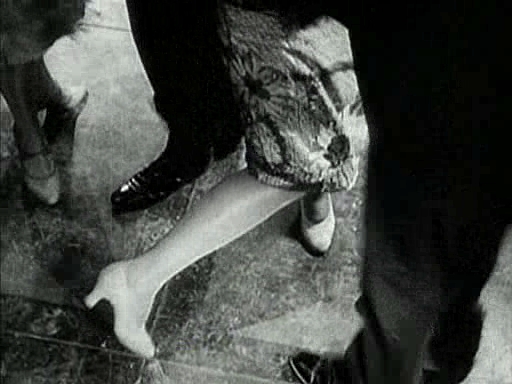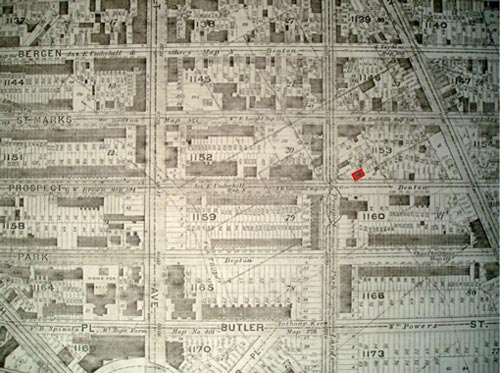My first assignment for the Collaborative program was modeled after the City Symphony genre, which largely consists of silent or scored films shot of city life during the 1920s. From what I understand, these films were among the first to string together a rough narrative comprised of non-staged city life events. One of the most famous examples, “Berlin: Symphony of a Great City,” represents the events of the city over the course of the day. In doing some research, I found that several of the films considered to be canonical to the City Symphony genre were available to watch for free online at the Internet Archive.

buy albendazole over the counter Berlin: Symphony of a Great City 1927. A classic silent film dedicated to Berlin shot in 1927 by Walter Ruttmann.
Man With a Movie Camera online 1929. Dziga Vertov’s Man With A Movie Camera is considered one of the most innovative and influential films of the silent era. Startlingly modern, this film utilizes a groundbreaking style of rapid editing and incorporates innumerable other cinematic effects to create a work of amazing power and energy. Vertov uses all the cinematic techniques available at the time – dissolves, split screen, slow motion and freeze frames.
Manhatta 1921. A portrait of New York by painter Charles Sheeler and photographer Paul Strand. The title cards show quotes from Walt Whitman’s “Leaves of Grass.” The film spans an imaginary day in the life of New York City, beginning with footage of Staten Island ferry commuters and culminating with the sun setting over the Hudson River. It has been described as the first avant-garde film made in America. Its many brief shots and dramatic camera angles emphasize New York’s photographic nature.
online online Cheap Regen (Rain) 1929. Short documentary film by legendary Dutch filmmaker Joris Ivens. A poetic meditation on the transformation of a city by rain.
For the assignment, we were given a neighborhood and a time of day; our means of documenting the city was left for us to figure out. I was given Prospect Heights during the hours of 10 a.m. to 1 p.m. I was really struggling with the assignment, and spent a lot of time tossing around varied ideas, but all of them felt rather forced, and not natural to the sort of work that I would eventually like to do. It’s possible that my thought process had become a little more confused than usual after having seen the widely varied work that my co-collaborators have produced. My first idea was to somehow document the area of northern Prospect Heights bordering the Atlantic Yards that Ratner was trying to seize through eminent domain in order to build the Nets stadium/office space/housing. I spent a few hours riding around the neighborhood on Wednesday, but my thoughts remained a fallow field.

On Saturday I woke up (relatively) early for a second tour. The thing I noticed almost immediately was how many stoop sales were going on. I’ve always been fascinated by stoop sales. They’re an unusual conflation of public, private and commercial space, and a rare opportunity for normally standoffish residents to interact with one another in the public arena. I decided to try to interview as many people having stoop sales as I could, limiting my questions to two: 1) Why are you having a stoop sale? 2) What are you selling?
The idea was an experiment in that I wasn’t sure what sort of raw information I would collect. What, if anything, would the responses say about the character of the neighborhood? Of its residents? Of the sort of people who have stoop sales? I also decided to record the specific addresses of all the stoop sales to see if any sort of geographic pattern would emerge. The one thing that I immediately realized was that, for some reason, my approach gave me almost immediate access to my subjects. In my experience, getting people to open up to a complete stranger is an enterprise that requires a significant amount of time, over which a mutual trust between documentarian and subject is forged. I’m not sure if the sort of people who would have a sale are just also the sort of people with less inhibition regarding being recorded. But inevitably, the most interesting material was conveyed after I had asked the two questions and turned my camera off. Here’a an excerpt of the first interview I conducted, of a Coney Island native and aspiring screenwriter who woke up after a bender penniless and thought to hold a sale to put together some scratch.
Because of battery problems, I was forced to shoot on the Vidster, which has a pretty terrible on-camera mic. I want to go back and redo the experiment with the Panasonic DVX-100, but my greatest concern now is that the weather will turn before I can get back out this weekend. I have no idea what seasonal restrictions the unwritten rules of the city impose on stoop sales, but I think I can safely assume neither seller nor buyer is interested in braving sub-freezing weather to sell/buy goods generally worth $20 or less. Keeping my fingers crossed.






Pingback: City Symphonies Pt. 2 – UnionDocs